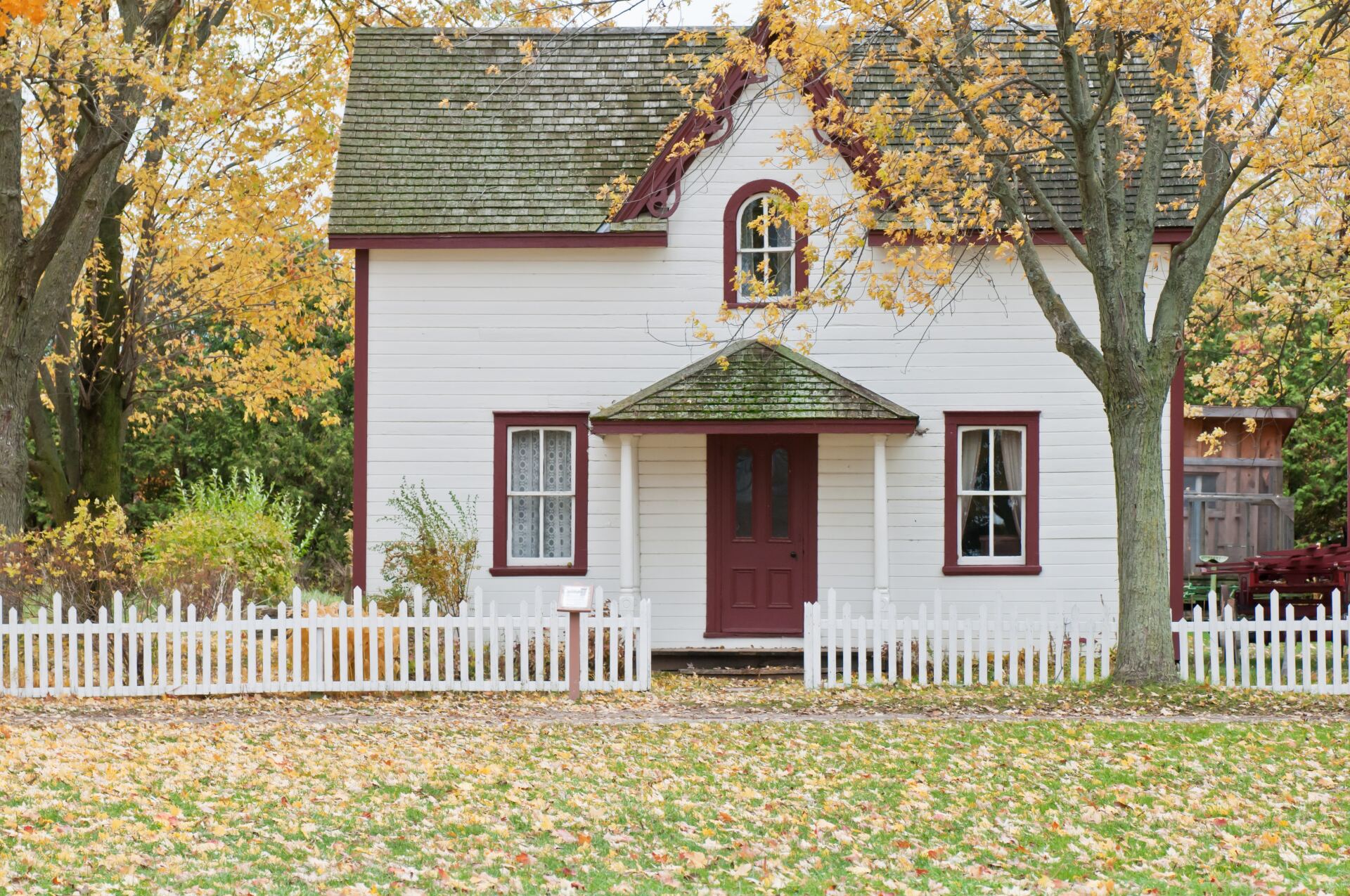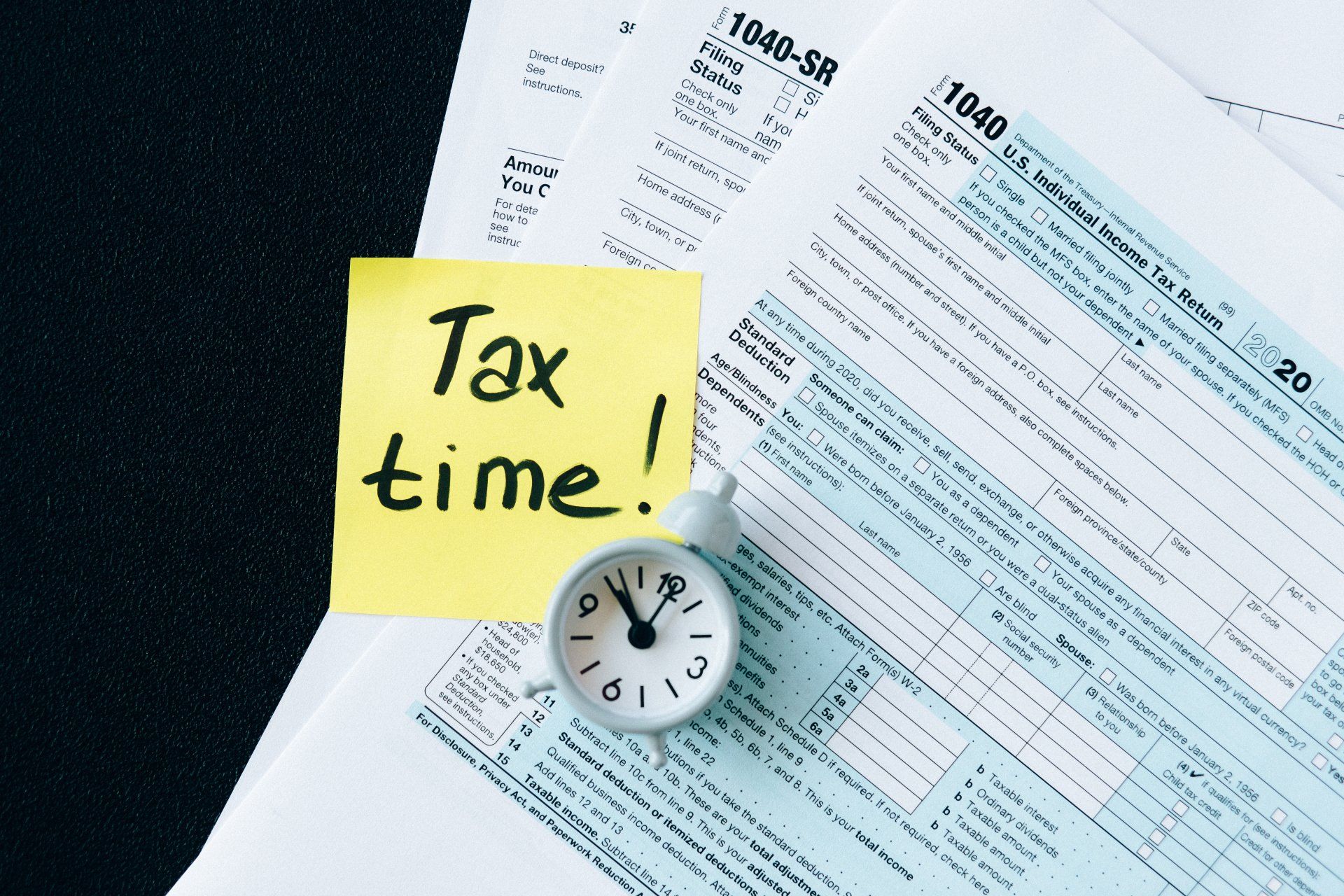Multiple Dwelling Relief (“MDR”) and Mixed-Use Relief for Stamp Duty Land Tax (“SDLT”) Purposes
Tax Simplified 4 You | 04 December 2020
Multiple Dwellings Relief
Multiple Dwellings Relief (MDR) is available for purchasers of residential property who acquire interests in more than one dwelling.
The purpose of the relief is to reduce the rate of Stamp Duty Land Tax (SDLT) on the purchase of more than one dwelling closer to the rate that would apply if the dwellings were purchased independently.
Where a transaction, or a scheme, arrangement or series of linked transactions, includes multiple dwellings, the rate of tax charged in respect of those dwellings is determined by the mean consideration: that is, the total consideration attributable to the dwellings, divided by the number of dwellings.
However, the relief cannot be such as to reduce the tax payable to less than 1% of the total consideration.
The meaning of ‘dwelling’
For the purposes of the relief, a building or part of a building that is used or suitable for use as a single dwelling or is in the process of being constructed or adapted for such use, counts as a ‘dwelling’.
Land that is, or is to be, occupied or enjoyed with the dwelling such as a garden or grounds (including any building or structure on such land) and land that subsists, or is to subsist, for the benefit of the dwelling, is also taken to be part of the dwelling.
Mixed-Use Relief
The statutory definition of 'residential property' is: ''FA 2003, s 116(1):
1) In this Part "residential property" means:
a) a building that is used or suitable for use as a dwelling, or is in the process of being constructed or adapted for such use, and
b) land that is or forms part of the garden or grounds of a building within paragraph (a) (including any building or structure on such land), or ...''
The test that HMRC will apply is similar to that applied for the purposes of the capital gains tax relief for main residences (TCGA 1992, s 222(3)). The land will include that which is needed for the reasonable enjoyment of the dwelling having regard to the size and nature of the dwelling.
Therefore, land that is not so needed falls outside the definition of residential property.
Example
An individual purchases an estate which comprises of a farmhouse, a barn conversion and paddocks with stabling within 10 acres of land.
We would therefore need to consider if MDR and Mixed-Use Relief are available for SDLT purposes.
The farmhouse and the barn conversion will qualify for multiple dwellings relief because each building and the land surrounding it, is suitable for use as a single dwelling.
The next step is to consider whether a single purchase of the entire plot would constitute a 100% residential purchase, or whether we can claim it is a mixed-use purchase.
The question is whether the additional land is required for the reasonable enjoyment of the property; if it is required, then it will be regarded as residential property and the full SDLT rates will be applicable.
If it is not so required, then the additional land is not residential property and the entire purchase should be treated as a mixed-use acquisition with the non-residential rates applying to the entire purchase price.
A good test, therefore, is whether the loss of the land in question would be a substantial deprivation to the reasonable enjoyment of the dwelling house, judged objectively and not according to the subjective tastes or interests of the owner of the house for the time being.
If there is no reference to any current commercial activity or the prospect of future development in the particulars and there is no suggestion that the property is anything other than a country residence, then it can be argued that looking at the character of the Estate as a whole, the land surrounding the house is very much essential to its character, to protect its privacy, peace and sense of space, and to enable the enjoyment of typical country pursuits such as horse riding.
As to the paddocks, these are an adjunct to the stables. If there does not seem to be any evidence that anything approaching a commercial arrangement was made at any material time for the use of the paddocks, then it can be argued that they form part of the grounds for recreational purposes.
In this case it is likely to be concluded that the land being acquired is not in excess of what is required for the reasonable enjoyment of the Estate.
Land is being acquired within the definition of residential property and therefore the mixed-use rules will likely not apply.
This could be further verified by the fact that there is no business use of the excess land either before or after the purchase.
Over the last couple of years, HMRC have continually been pushing back on mixed-use claims even where such claims fall within the ambit of their published guidance.
Case Law: Goodfellow & Anor 2020
The First-Tier Tribunal (‘FTT’) rejected a claim by the appellants subsequent to their purchase of a property that it was mixed-use rather than residential and hence dismissed their appeal against HMRCʼs refusal of their refund claim.
Nearly 18 months after they had purchased an extensive property and paid SDLT on the basis that the property was residential, the appellants lodged a claim under FA 2003, Sch. 10, para. 34 for a partial refund of tax on the grounds that the property was mixed-use and hence qualified for the lower rates applicable to non-residential and mixed-use property.
They argued that the space above the garage was used as an office for the first appellant’s business, that the stable yard and paddocks were used by a neighbour for grazing horses and that the paddocks were undeveloped land, all instances of non-residential use.
HMRC maintained that the office room was suitable for use as a dwelling and that the stable yard and the paddocks were part of the grounds, which were commensurate with the size of the dwelling-house.
The FTT agreed. The grounds as a whole were essential to the character of the property and provided a country setting in an area of outstanding natural beauty. There was no sign that anything approaching a commercial arrangement for their use had been made at any material time, and the rent paid by the neighbour was a nominal, peppercorn rent. The fact that the paddocks were not developed was irrelevant.
The whole of the property was residential within the meaning of FA 2003, s. 116, and the appeal was therefore dismissed.
Other Points to Consider
The MDR claim in the above example depends on acquiring 2 or more dwellings, which could itself cause the 3% surcharge rate to become payable.
However, although a separate dwelling is acquired and MDR can be claimed, if the second dwelling, being the barn conversion, is a subsidiary dwelling then the 3% surcharge does not become due.
The second dwelling is “subsidiary” if the value of the second dwelling is less than 1/3 of the value of the total acquisition.
Therefore, the definitions are different, and both reliefs may be claimed.
There would be no 3% surcharge if the individual is replacing their main residence i.e. if the farmhouse is replacing the individual’s previous main residence even if the individual has other properties around the world but there is a potential 3% surcharge on the barn conversion as it is the purchase of a second dwelling which won’t be considered the individual’s main residence.
The rules were amended in Finance Act 2016 to make it possible for someone to buy in a single transaction a property which counts as two or more dwellings and not pay the 3% surcharge.
For this to be the case, the following subsidiary dwelling test is applied:
1. Dwelling A is situated within the grounds of, or within the same building as, dwelling B and
2. The chargeable consideration justly and reasonably attributable to dwelling B is equal to or greater than two-thirds of the chargeable consideration justly and reasonable attributable to the combination of (a) dwelling A; (b) dwelling B and (c) each of the other purchased dwellings situated within the grounds of, or within the same building as, dwelling B
Therefore, the purchase price needs to be apportioned on a just and reasonable basis to each of the 2 dwellings. The value of the most valuable dwelling (B) must be more than 2/3rds of the value of both dwellings put together.
For example, if the whole of the estate is purchased for £2.5mn, the main dwelling (B), being the farmhouse, must be worth at least £1.67mn based on a just and reasonable apportionment.
If that is the case, the combination of a) MDR and b) the replacement of main residence relief from the 3% surcharge and c) the recent increase in the threshold to £500,000 would produce an SDLT charge equal to 2 x £1.25mn purchases.
Therefore, SDLT on £1.25mn would be £53,750, calculated as follows:
£
First £500,000 x 0% 0
The next £425,000 x 5% 21,250
The next £325,000 x 10% 32,500
In total, SDLT due will be £107,500 (£53,750 x 2), rather than SDLT of £198,750 where no MDR is available and the SDLT is calculated on one purchase of £2.5mn, generating a tax saving of £91,250.
You must intend to live in the most valuable dwelling as your main residence but can let out the other dwelling rather than occupy it if you want without affecting the position.
Get in touch here if you have an SDLT query to see if we can help you.









